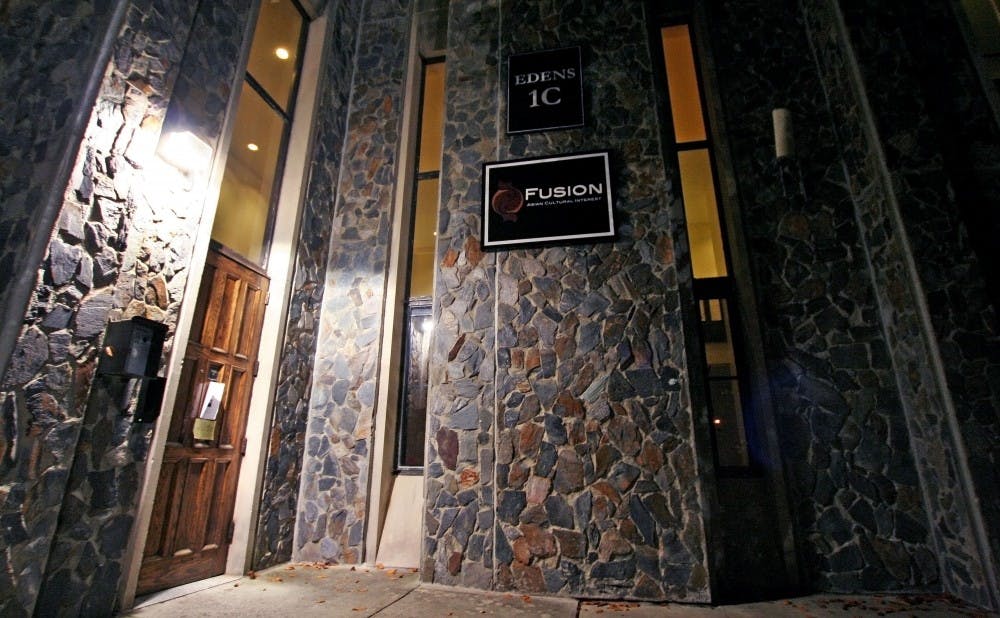Following the disbanding of the Latino Cultural House in 2011, two other cultural living groups have prospered.
The Black Culture Living Group and Fusion, formerly known as the Asian Cultural Interest House, were both founded in Fall 2011 and have since neared full occupancy. Dean for Residential Life Joe Gonzalez said that Black Culture Living Group has filled all 22 of its beds. Fusion has three vacancies out of 46 available places in the house, but Gonzalez noted that after the spring rush period the section will be completely full.
“Our house is full… I’m happy with the membership,” said senior Marcus Benning, president of the Black Students Association. “We were able to accommodate everyone who wanted to live in the group.
In addition to drawing in a quota of residents, both cultural groups have attracted members of different races. Junior Becca Bau, vice president of cultural affairs for the Asian Students Association, said that though the house demographic is primarily Chinese-, Taiwanese-, Vietnamese- and Korean-American, there are also international students from China and Singapore as well as students from non-Asian backgrounds.
“They share the interest of Asian culture—food, pop culture, yearly traditions, etc.,” Bau wrote of the non-Asian student residents in an email Wednesday. “What makes Fusion unique from a club/student organization is that it intentionally makes Asian culture a part of one's living experience.”
Benning noted that the Black Culture Living Group has similarly drawn students from a variety of backgrounds and races, noting that to assume “the cultural interest only exists for that particular culture” would be counterintuitive to the purpose of the organization.
“I always encourage everybody who has an interest black culture to stop by the living group,” Benning said. “I think it’s amazing that people of different races have opened themselves up to that."
Fusion is not affiliated with the ASA but was founded by a former ASA executive board member, Bau said.
Benning said that although the the Black Culture Living Group originated under guidance from the BSA, it has since become its own organization and is no longer directly associated with the BSA.
Filling space
Housing space was also awarded in 2011 for the Latino Cultural House, sponsored by student Latino organization Mi Gente, at the same time as the origin of Fusion and the Black Culture Living Group. Not enough students showed interest, however, in living in the section and the house was disbanded.
“They lost their house before they ever lived there,” Gonzalez said.
Mi Gente co-president Karina Santellano, a junior, said that having a designated space for interested students to live together on campus would increase awareness of the Latino population at Duke and would unite the community that already exists.
“The Latino community at Duke has struggled to have any kind of space on campus and this has limited how much attention we've received from administration and the student body,” Santellano wrote in an email Wednesday.
She said that so far there has not been a motion to recreate the house, but Mi Gente plans to discuss the possibility of forming a cultural living group and gauge student interest this year before deciding to sponsor one.
“Mi Gente recognizes that having a living space open to Latinos and non-Latinos could potentially aid in establishing a united Latino identity and presence at Duke,” Santellano said.
Gonzalez said that parameters for determining if a house should be disbanded because of a lack of residents is so far undefined, but if a house’s occupancy is between 50 to 70 percent it will be evaluated by Housing, Dining and Residence Life. Gonzalez said that HDRL is currently working to develop more specific parameters for evaluating occupancy by the semester’s end.
Gonzalez mentioned that two members of the Interfraternity Council and “a couple of non-greek groups” are notably lacking occupants, but declined to say which ones, citing that it would not be good for the groups to identify them, and that they could fill space during the Spring.
Get The Chronicle straight to your inbox
Signup for our weekly newsletter. Cancel at any time.

